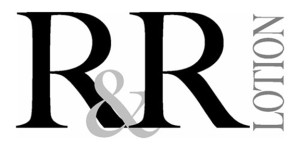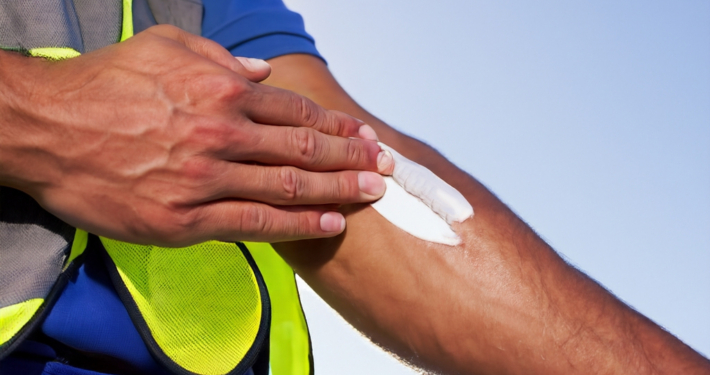Understanding What SPF Means on a Sunscreen Label
By: Richard Rich
As a safety manager, ensuring the well-being of your team, especially those who work outdoors, is crucial. One significant aspect of outdoor safety is protecting the skin from the harmful effects of the sun. This is where sunscreen and understanding SPF (Sun Protection Factor) come into play.
What is SPF?
SPF stands for Sun Protection Factor. It’s a measure of how well a sunscreen will protect the skin from ultraviolet B (UVB) rays, the kind of radiation that causes sunburn and contributes to skin cancer.
How is SPF Measured?
To determine the SPF of a sunscreen, scientists conduct tests involving 10 to 20 subjects with varying skin types. During the test, they apply a thick layer of sunscreen to a small patch of the subjects’ skin and expose them to UVB light. They then compare how long it takes for the skin to start turning red (a sign of sunburn) with and without the sunscreen. The SPF value is calculated by dividing the time it takes to burn with sunscreen by the time it takes to burn without it. For example, if it takes 300 minutes to burn with an SPF 30 sunscreen and only 10 minutes to burn without it, the SPF is 30 (300/10 = 30).
How Long Does SPF Last?
A common misconception is that a higher SPF indicates a stronger sunscreen. However, SPF actually measures the duration of protection rather than its strength. For example:
SPF 30 means you are protected for approximately 300 minutes (30 times longer than without protection).
SPF 50 means you are protected for approximately 500 minutes (50 times longer than without protection).
UVA vs. UVB Radiation
The sun emits invisible ultraviolet radiation that reaches the Earth’s surface and damages the skin when left unprotected. These rays are known as ultraviolet A (UVA) and ultraviolet B (UVB).
UVB Rays: These rays affect the skin’s surface and cause sunburn, which you can see and feel. UVB rays are most intense between 10:00 am and 4:00 pm, at high altitudes, and closer to the equator. They are responsible for near-instant visible damage, such as redness or deeper skin tones that come with sunburn.
UVA Rays: These rays penetrate deeper into the skin, damaging everything in their path, including the vital supportive substances that the skin needs to look young and healthy. UVA rays cause tanning, which is a sign of damage to every layer of the skin. They are present all day long at a fairly constant intensity and can even penetrate through glass, including car and office windows.
Both UVA and UVB rays play a role in causing skin cancers, including melanoma. UVA rays are particularly concerning because they cause deep cell damage that can lead to skin cancer.
Broad Spectrum Protection
Not all sunscreens protect against both types of harmful ultraviolet rays: UVA and UVB. For comprehensive protection, look for sunscreens labeled as “Broad Spectrum.” This means they protect against both UVA and UVB rays, offering more complete protection.
In fact, a full Broad Spectrum claim indicates that the product can prevent skin cancer, while non-broad spectrum products only protect against sunburns. To make this claim, the product must be at least SPF 15 in addition to being broad spectrum.
Water Resistance Claims
If your outdoor workers are likely to sweat or get wet, water-resistant sunscreen is essential. Water resistance is measured by how long the sunscreen remains effective while the wearer is in water or sweating. Sunscreens can be labeled as:
Water-Resistant (40 minutes): Effective for 40 minutes of water exposure.
Very Water-Resistant (80 minutes): Effective for 80 minutes of water exposure.
Recommendations for Outdoor Workers
For your team’s safety, it’s recommended to use at least SPF 30 sunscreen. This offers ample protection for outdoor workers who spend long hours under the sun. Additionally, reapplication every two hours, or more frequently if sweating or swimming, is crucial to maintain effectiveness.
Conclusion
Understanding SPF and the additional claims of broad spectrum and water resistance helps in selecting the right sunscreen to ensure maximum protection. By choosing appropriate sunscreens and educating your team on proper use, you can significantly reduce the risk of sunburn and long-term skin damage, keeping your outdoor workers safe and healthy.







